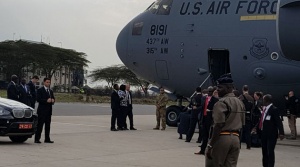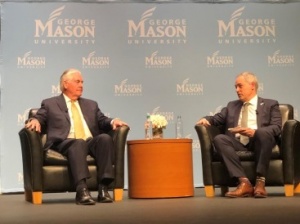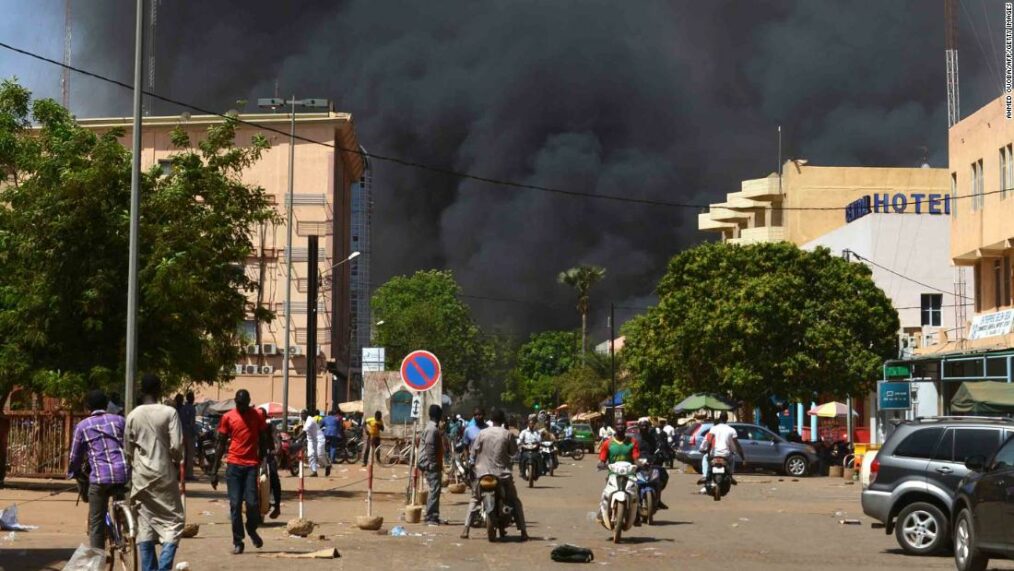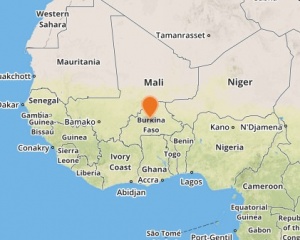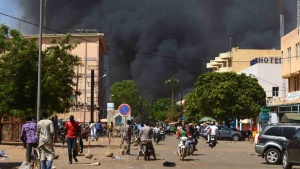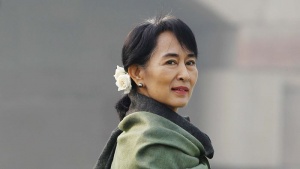
© Lisa Marie Pane/AP, The Atlantic
Alyssa Alhadeff. Scott Beigel. Martin Duque Anguiano. Nicholas Dworet. Aaron Feis. Jamie Guttenberg. Chris Hixon. Luke Hoyer. Cara Loughran. Gina Montalto. Joaquin Oliver. Alaina Petty. Meadow Pollack. Helena Ramsay. Alex Schachter. Carmen Schentrup. Peter Wang.
These are the names of the Parkland victims. They were students, teachers, and coaches. They had dreams, hopes, and ambitions. They were all lost too soon and they must all be remembered.
The Parkland victims are the latest in an all-too familiar-cycle of events in the United States. There have been twenty-five major school shootings since the Columbine massacre in 1999. American children harbor ever-present fears of school shootings, parents anxiously await calls from loved ones, and the United States remains paralyzed.
https://www.youtube.com/watch?v=t3xoVCJOoB8
But is it terrorism? The Federal Bureau of Investigation distinguishes two major forms of terrorism: international and domestic. International terrorism is that which is committed by an individual or group, inspired by or associated with a designated foreign terrorist organization or state. Alternatively, domestic terrorism is that which is perpetrated by an individual or group inspired by or associated with domestic political, religious, social, racial, or environmental ideas. Pared down, terrorism is a tactic. It is employed in the pursuit of a political goal to generate fear and intimidation in a specific population.
School shootings bear many of terrorism’s hallmarks. Certainly, they are designed to stoke fear and intimidation. Their target populations are schools and the individuals who attend them: children, teachers, and administrators. However, school shooters are not typically motivated by political goals. They are not ordinarily tied to underlying terrorist causes like religious, racial, or social issues. Consequently, most school shootings are not considered terrorism.
We’ve learned that dozens of people in the Parkland shooter’s orbit, prior to the attack, reported him to authorities as a troubled person. Shortly after the shooting, rumors surfaced that the shooter had ties to a white supremacist group. However, as of this writing, the Parkland shooter’s motivations remain unclear.
What would make a school shooting terrorism and not just terrifying? If we learn that the Parkland shooter entered the school to kill students in the name of a white supremacist idea, then Parkland could rightfully be called terrorism. If he was motivated by religious or social grievances, Parkland could be described as terrorism. However, absent such verifiable motivations, labeling the attack and others like it domestic terrorism is far from a slam-dunk. This remains true, despite a consensus that the attack was a consummately terrifying act perpetrated against the Parkland students and administrators as well as the psyches of students, teachers, and parents across our country.
Fear is ever-present, we are warned that violent, religious zealots can strike anywhere, anytime. We’re no longer safe on our streets; vehicles can be used as weapons of war. Churches and synagogues are no longer sacrosanct oases from our daily lives, let alone violence if gunmen are bent on bringing terror through the doors. Places we used to associate with leisure – movie theaters, outdoor concerts, schools – have lost the veneer of security. We are told if we see something, say something – anything suspicious must be pointed out.
More must be done to prevent school shootings. Regardless of what we call the events or the motivations of perpetrators, more must be done. We must see improvements in school safety, improved mental health awareness and access, and additional, achievable gun safety measures. America’s children are being conditioned to expect school shootings. Drills, meant to teach students how to remain safe if the unconscionable occurs, are a new focus of the classroom experience. But the drills themselves instill the student body with fear and trepidation.
Apparently, if the United States cannot see an act of violence through the lens of international terror, then little gets done. 9/11 made the United States rethink airport security. Anthrax letters sent to Congress inspired the implementation of thorough mail-screening measures. Laptops were briefly banned [JS2] on U.S. airlines after it was discovered that they could be weaponized by terrorists. Yet, school shootings persist without sensible changes.
The generation advancing through our school system now has been initiated in blood and war. The post 9/11 generation was born into a world of ubiquitous terror, it is their normal. War, violence, both occur daily. Our youth are bombarded with reports of tragic events at home and abroad. The bad actors are known by all. It cannot be lost on these children that their lives are radically different from those of their parents, the latter of whom did not experience similar fears of school shootings on a day-to-day basis.
In closing, and at the risk of seeming contradictory, school shootings are less prevalent than appears to be the case and they do not inflate the level of daily gun violence in the United States. The difference is that each horrible act is inflicted en masse on an innocent, vital segment of our population. The children in school now will be our workers and leaders tomorrow. We cannot allow these horrors to continually be inflicted on them without expecting a traumatized population to emerge.



